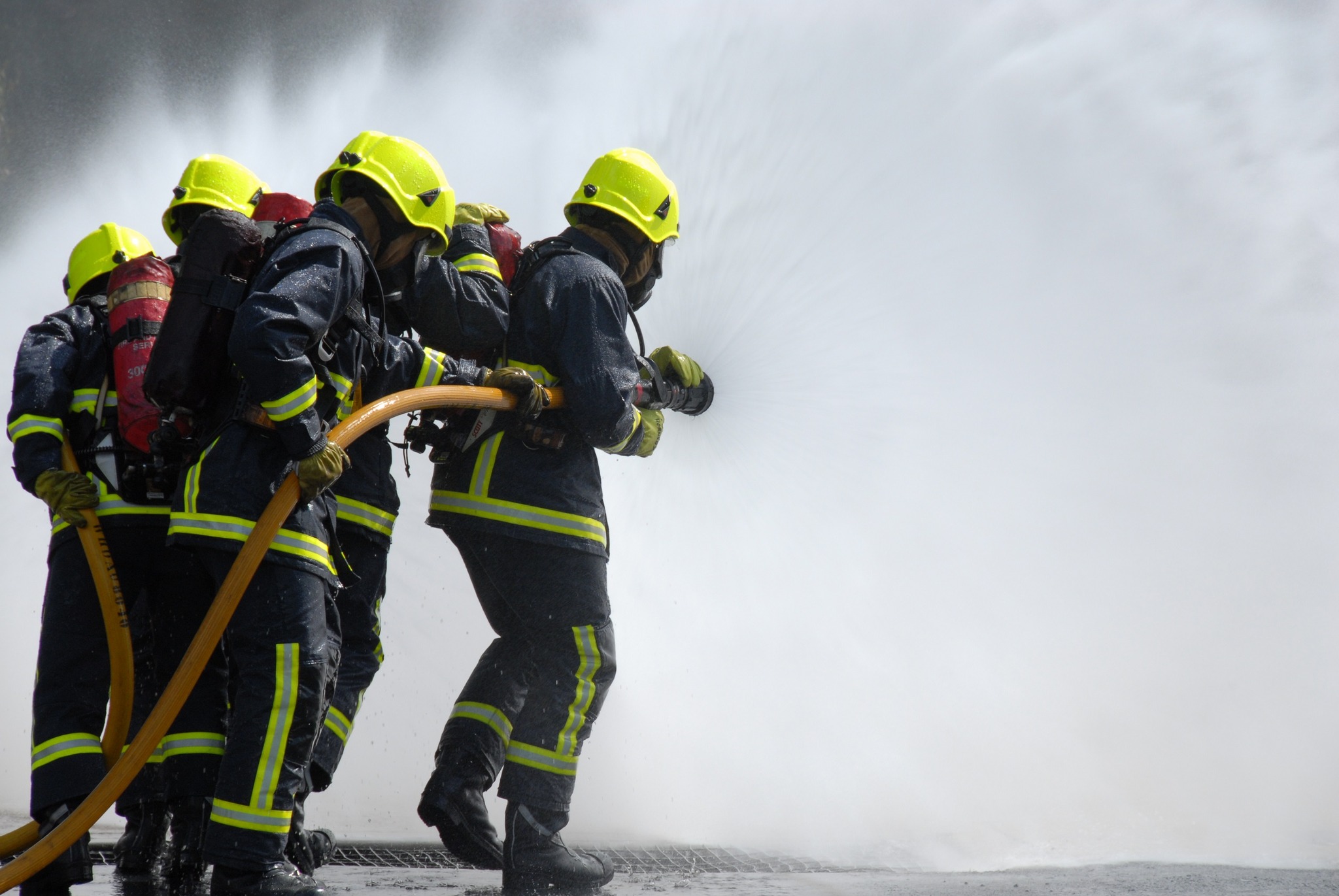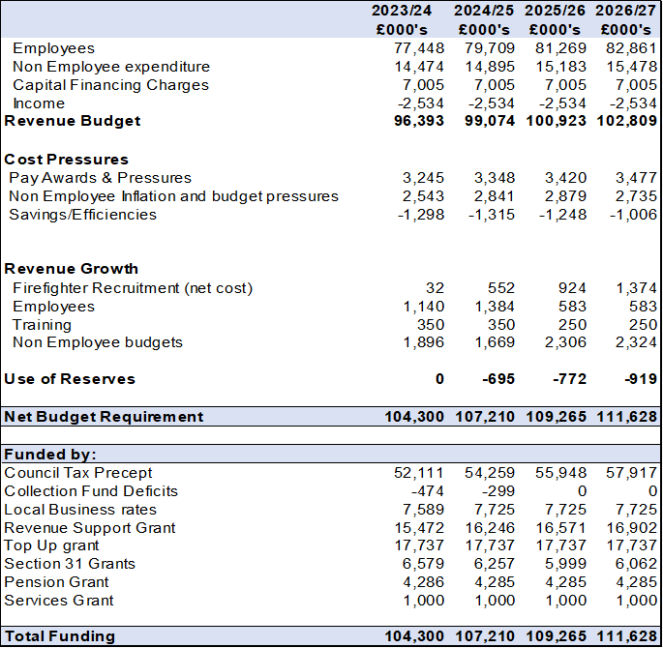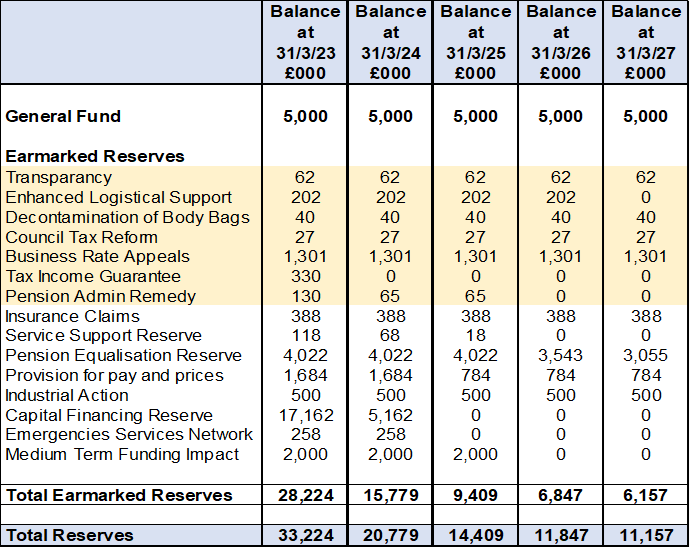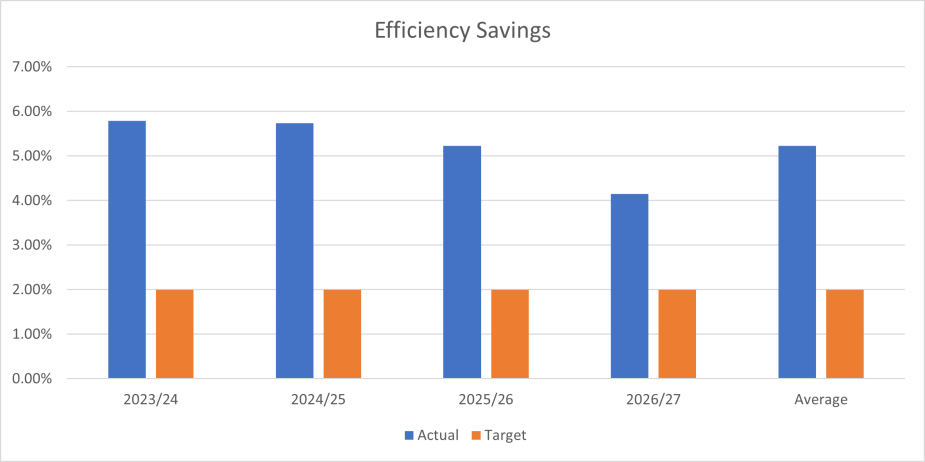
Background
From 2010/11 to the end of the spending review period in 2019/20, the Authority had a total reduction of £26.1m in central government funding. To meet this funding gap, the Authority restructured emergency response cover based on risk and implemented a station rationalisation programme and a fundamental review of support services.
Table 1 below shows the reduction in staff and resources from 2010 to date:
|
|
2010 |
2023 |
Reduction |
|
Firefighters (Wholetime) |
1,490 |
937 |
-553 |
|
Control Staff |
56 |
48 |
-8 |
|
Fire and Rescue Staff |
383 |
312 |
-71 |
|
Fire Stations |
48 |
40 |
-8 |
|
Fire Appliances |
62 |
46 |
-16 |
Table 1: Reduction in staff and resources from 2010 to date.
Since 2010, the number of incidents in West Yorkshire initially declined and have then increased slightly from 2012 onwards. Figure 1 below highlights that we are now attending more incidents per whole time firefighter than we did previously.
To put the information into context, since 2012 the number of incidents per fire appliance has risen from 370 to 550, therefore, we are now more operationally efficient compared to 10 years ago and better than the average across the metropolitan FRS's.

Over the last decade, the number of incidents per million population in West Yorkshire has maintained a similar trend to that in the rest of the metropolitan FRSs, and again West Yorkshire is consistently better than the average across these comparable service areas, as illustrated in Figure 2.
The number of dwelling fires and fires in other buildings has in fact declined (see Figure 3). WYFRS consistently has a lower rate of dwelling fires relative to the other metropolitan fire and rescue services, which highlights the success of our Prevention strategy.


Since 2019, we have taken the decision to improve the productivity of operational resources and offset this declining rate of fires by taking on new responsibilities and supporting the police and the ambulance service to gain entry at medical emergencies. This blue-light collaboration not only improves efficiency across the three services, it also promotes the safety and health and wellbeing of the communities across West Yorkshire.



